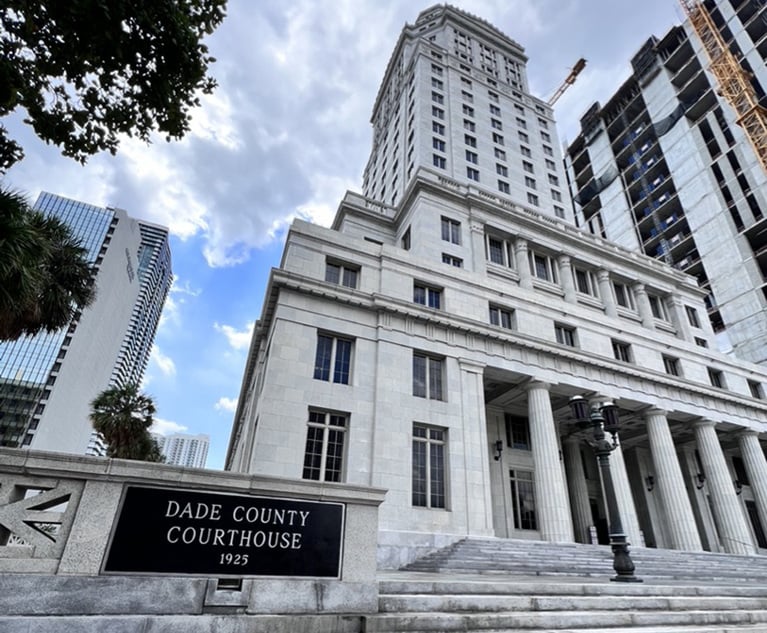Miami’s development landscape is undergoing a transformative shift, with GFO Investments revealing plans to convert the historic Miami-Dade County Courthouse into a dynamic mixed-use project. The redevelopment will restore the building’s iconic architecture while reimagining its interior for residential, hospitality, office, and retail use. A new residential tower featuring both condominiums and rental apartments will also rise just north of the site, marking a significant move to blend preservation with modern urban living.
This initiative is part of a broader wave of high-profile mixed-use and housing developments reshaping Greater Miami. In the Little River neighborhood, the Swerdlow Group has secured county approval for a $2.6 billion project that will deliver over 2,200 affordable housing units and nearly 1,400 workforce apartments, with plans for an additional 2,000+ workforce condos. Anchored by a Tri-Rail station, the development will also include expansive green space and major commercial tenants like Home Depot, with talks underway with Publix and BJ’s Wholesale Club.
Meanwhile, Miami Beach’s North Beach district is seeing a flurry of luxury development. Terra’s proposed transformation of the former Deauville Beach Resort, which faced earlier public resistance, has now gained preliminary approval. Other significant projects in the area include the Ocean Terrace luxury condo development, the boutique Ella Miami Beach building, and a planned 19-story tower set to replace Crystal Beach Suites. Developer Russell Galbut has also pitched a 20-story workforce housing project at 7425 Harding Avenue, though it continues to navigate regulatory hurdles.
Taken together, these projects signal a concerted effort to revitalize key Miami neighborhoods by introducing mixed-income housing, improved infrastructure, and lifestyle-driven amenities. GFO’s courthouse redevelopment, in particular, highlights the growing trend of adaptive reuse in urban cores—where legacy architecture is leveraged to deliver contemporary value.
As Miami grapples with affordability and growth pressures, this wave of integrated development points to a more nuanced real estate strategy—one that aims to balance luxury, accessibility, and community impact in a rapidly evolving market.


